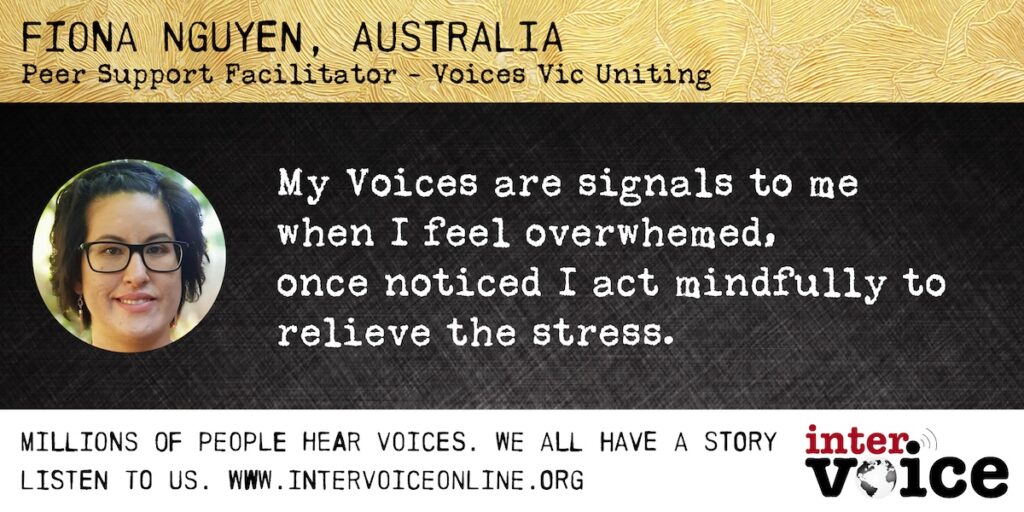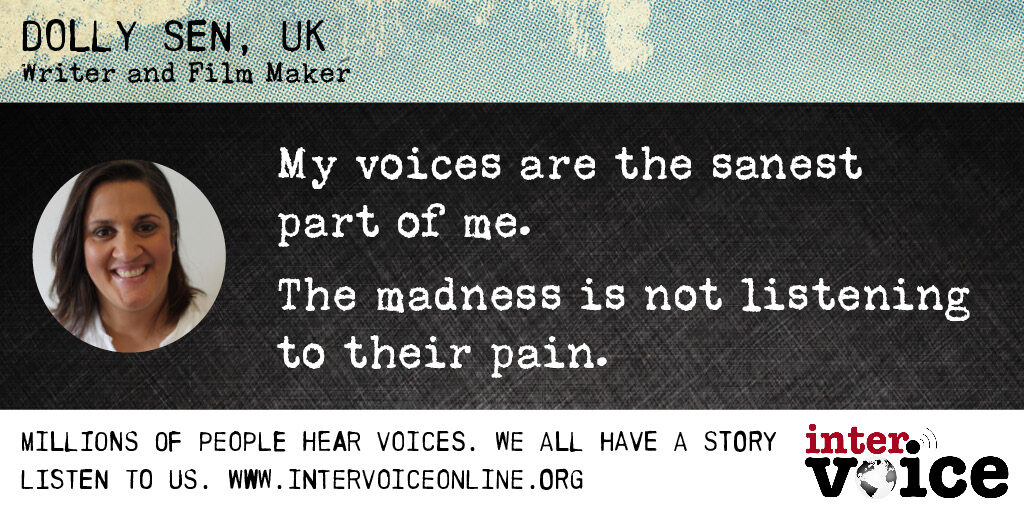Today we live in a world where the experiences of hearing voices and seeing visions are very often viewed by psychiatry through a biological/medical lens. This approach encourages psychiatry to view such experiences as the random, meaningless outpourings of a diseased brain. This has had some catastrophic effects. For example, the meaningful relation between many voices and earlier traumatic experiences has been overlooked for years.
Thankfully though, due to the worldwide Hearing Voices Movement, and research by those such as John Read, voices are now seen as meaningful events, and the relation with trauma recognized. However, the biological/medical model remains dominant among psychiatrists and academics, and many aspects of voices and visions, not consistent with a random malfunctioning brain, are still overlooked. One way to get a sense of what properties of voices and visions the biological/medical model causes us to overlook is to head back in time to a different time, culture, and context, which didn’t have a predominantly medical view of such experiences. One such account is given by the 16th century Spanish theologian, St John of the Cross.
St John of the Cross has been called the greatest psychologist in the history of mysticism. He was a member of the Catholic Order of Our Lady of Mount Carmel, which was characterised by prayer, silence, meditation and contemplation. Just like the early Desert Hermits, silence and contemplation seems to have opened the door to voices and visions for St John. He was born in a poor family in Spain in 1542, and led a varied and exciting life, at one point being imprisoned for nine months in solitary confinement in a dark, cramped cell, measuring only 6 by 10 feet. After an Errol Flynn-esque escape, using a rope made from strips of bed-sheets, he spent the rest of his life writing, guiding, praying and directing the spiritual development of others across Spain. It has been written that no person knows what to do with the divine when it falls into their hands. Fortunately for us, St John decided to write about it, and he left behind him a systematic analysis of his experiences, which he termed supernatural communications.
When we look at St John’s analyses of these experiences, we find that there are a number of experiences that he describes that are not given significant attention by contemporary research. The first can be called ‘voices that save’. St John classified hearing voices (or ‘locutions’ as he termed them) into three types: successive, formal and substantial. The latter type, substantial locutions, is probably the most interesting.
St John argued that
“one of these words works greater good within the soul than all that the soul itself has done throughout its life”.
St Teresa of Avila, a colleague of St John’s, noted that people who heard phrases heard such as “It is I (God), fear not” found them exceedingly powerful, calming and influential, and the memory of these voices could last for a lifetime. Such powerful and positive voices are still reported today. For example, Heathcote-James (2001) cites a contemporary account of a healthy woman, in a distressing situation, hearing a voice saying “But you have trust in God”. As a result of this, the woman described how she “felt great consolation and joy. I just cannot describe the sense that I felt, it was so beautiful it was indescribable”. These voices often seem to occur when people are in danger, under stress, or under physical or existential threat. For example, the mountaineer Joe Simpson, after a horrific climbing accident, was forced to crawl for four days back to his friends’ base-camp. During the latter stages of his agonising journey he began to hear a voice which was “clean and sharp and commanding” and which told him to “Go on, keep going”. In a biological/medical model that ignores the meaningfulness or usefulness of voices, such experiences get swept under the carpet.
St John’s contemporary, St Teresa, noted that voices could refer to things that
“one never thought would or could happen, so that the imagination cannot possibly have invented them”.
This highlights the potentially creative nature of such experiences, and links into the relation between voices and artistic creativity. However, this aspect of AVHs is not formally researched today. This is possibly again due to the bio-medical paradigm encouraging the idea that AVHs are simply random, worthless productions of an abnormal brain. However, most of us know that many voices can give novel and creative information. For example, authors report receiving inspiring and novel ideas directly from their voices and visions (Malone, 2006) and many personal accounts highlight the novel and original nature of such experiences (e.g., Romme & Escher, 1993).
Furthermore, like many of his predecessors, St John argued that the more completely exterior the voices were (i.e., if they seemed to come from ‘out there’ in the world) the less likely they were to be from God. He also believed that such externally located experiences communicated less “than would be the case if the same things were more interior and spiritual” (p. 103). Thus, he seems to suggest that spiritual voices or visions are more likely to be felt to come from within oneself, rather than have a source in the world. Research into this area is also lacking.
Overall, St John of the Cross’s writings show that his era was able to identify aspects of voices and visions that have been neglected by the modern biological/medical model. St John was well aware of positive, useful voices, such as ‘voices that save’, as well as voices that give novel and original information, which have been mainly ignored by psychiatry today. When voices and visions become medicalised there is the risk that all such experiences are seen as worthless symptoms of an illness. Thus, it may be that it is only once we step outside the biological/medical model that we can really start to understand voices and visions.
For further discussion of many of these themes, references to sources, and a more detailed examination of St John of the Cross’s understanding of voices and visions, please see:
Jones, S.R. (in press). Re-expanding the phenomenology of hallucinations: lessons from sixteenth century Spain. Mental Health, Religion, and Culture.
Simon Jones is a psychologist and researcher interested in the history of hearing voices, the causes of hearing voices, and strategies that help people cope with voices. He received his Doctorate from Durham University in the UK












